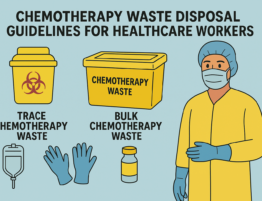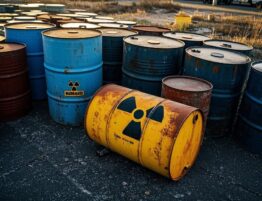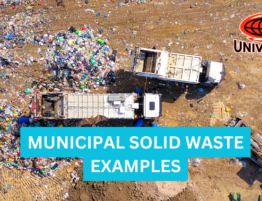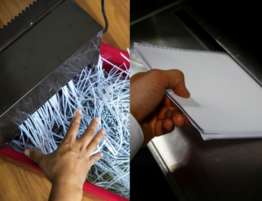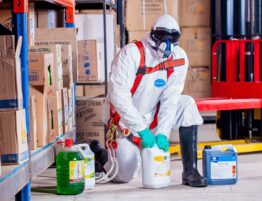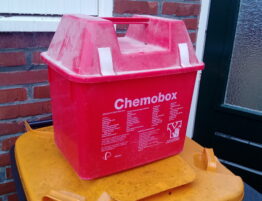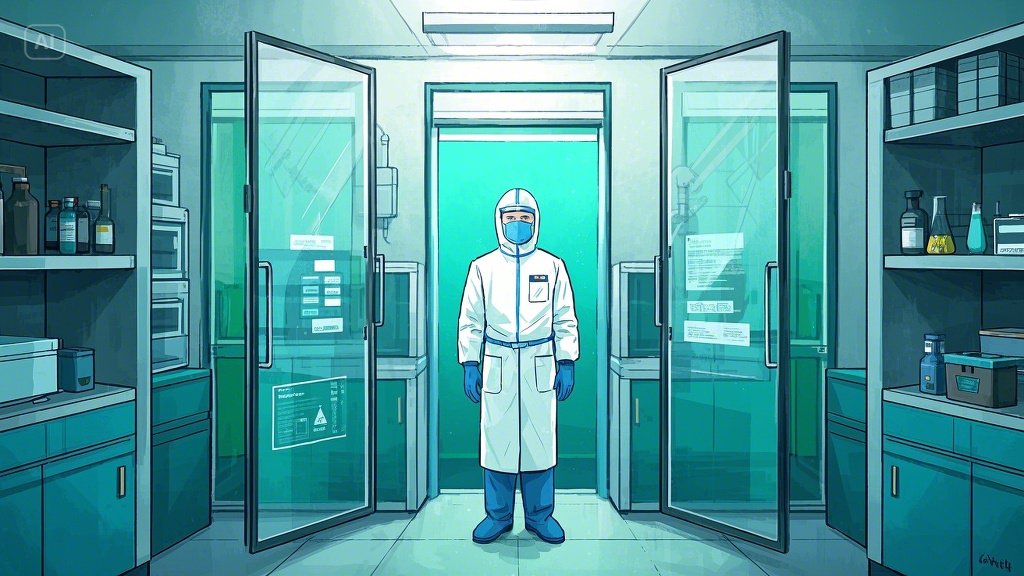
Biohazardous materials are everywhere from hospital laboratories to waste management facilities and handling them improperly can lead to serious health and environmental risks. Whether you’re in the healthcare industry, a research lab, or involved in waste disposal, knowing how to handle biohazardous materials safely is crucial.
In this article, we’ll walk you through everything you need to know to safely handle biohazardous materials. We’ll dive into the why, how, and what of biohazard safety, giving you the tools to keep your workplace safe and compliant. Ready to learn how to manage these potentially harmful substances effectively? Let’s get started!
What Are Biohazardous Materials?
First things first what exactly are biohazardous materials? These materials contain biological agents that can cause harm to living organisms. Think blood, bodily fluids, microorganisms (like bacteria and viruses), and medical waste. These substances can spread infections, diseases, and other health hazards if mishandled.
Some examples of biohazardous materials include:
- Blood and body fluids
- Cultures of harmful bacteria or viruses
- Sharps (needles, syringes, and scalpels)
- Pathological waste (like tissue samples)
- Contaminated laboratory equipment
Recognizing and classifying biohazardous materials is your first step in understanding how to handle them properly.
Why Is Proper Biohazard Handling So Important?
You may wonder why handling biohazardous materials with care is so critical. The answer is simple improper handling can lead to:
- Health Risks: Exposure to harmful biological agents can cause infections, illness, or even death.
- Environmental Damage: Improper disposal can lead to contamination of soil, water, and air, harming ecosystems.
- Legal Trouble: Failing to follow proper disposal and safety protocols can lead to hefty fines and legal consequences for individuals and organizations alike.
By following the correct procedures, you’re not just ensuring your safety but also the safety of your coworkers, the public, and the environment.
How to Safely Handle Biohazardous Materials
1. Identify the Biohazardous Materials You’re Dealing With
The first step is recognition. Knowing what you’re working with will dictate the level of care you need to take. Ensure all materials are clearly labeled with biohazard symbols so you can easily identify them.
2. Wear the Right Personal Protective Equipment (PPE)
Before handling biohazardous materials, always suit up! PPE is your first line of defense. The kind of PPE you need depends on the risk level, but common items include:
- Gloves: Nitrile gloves are ideal because they’re durable and provide protection against many harmful substances.
- Face shields or goggles: Protects your eyes and face from splashes or accidental exposure.
- Lab coats or gowns: Full coverage to protect skin from spills and contamination.
- Respirators: If you’re working with airborne pathogens, a respirator is a must.
Once you’re done, dispose of the PPE correctly. Don’t take shortcuts!
3. Follow Proper Handling Practices
When handling biohazardous materials, always stay calm, organized, and focused. Here are some crucial tips:
- Work in Contained Areas: Always use biosafety cabinets or containment zones for your work. These areas help prevent the spread of biohazards to the rest of the environment.
- Minimize Exposure: Never leave biohazardous materials exposed. Seal everything tightly and avoid unnecessary handling.
- Avoid Airborne Contamination: Be cautious when working with liquids or powders that could create aerosols. Always use proper containment to prevent inhaling harmful agents.
4. Dispose of Biohazardous Waste the Right Way
Disposal is as critical as handling. When you’re finished with biohazardous materials, dispose of them properly to avoid contamination. Here’s what to do:
- Separate Waste: Always keep biohazardous waste separated from regular waste. Use clearly labeled, red biohazard bags to collect and contain materials. For more information on hospital waste segregation, check out Hospital Waste Color Coding.
- Sharps Disposal: Sharps should go into puncture-resistant containers to avoid injury.
- Sterilization: Many materials need to be sterilized using an autoclave, a machine that uses steam and pressure to kill harmful pathogens.
- Transport Waste Securely: Make sure biohazardous waste is securely sealed during transport to prevent leaks and contamination.
5. Know What to Do in an Emergency
Accidents can happen it’s essential to be prepared. Have a clear emergency plan in place, including:
- First Aid: Know the immediate actions to take if you’re exposed to biohazardous materials, such as rinsing your skin or eyes.
- Spill Response: Always have a spill kit handy to contain and clean up any accidental releases of biohazardous materials.
- Report Incidents: If there’s an exposure or spill, report it immediately for medical evaluation and documentation.
Stay Compliant with Safety Regulations
Regulations govern the safe handling, disposal, and transport of biohazardous materials. Adhering to these rules helps ensure a safe environment and protects against legal penalties. Key regulatory bodies include:
- OSHA (Occupational Safety and Health Administration): Enforces workplace safety standards for handling bloodborne pathogens.
- EPA (Environmental Protection Agency): Regulates the disposal of biohazardous waste to protect the environment.
- CDC (Centers for Disease Control and Prevention): Provides guidelines on safely handling biological agents.
- WHO (World Health Organization): Offers international standards for the safe handling of biohazards.
Being familiar with these regulations will help you stay on track and avoid compliance issues.
Final Thoughts
Handling biohazardous materials safely is essential for maintaining a healthy workplace and protecting the environment. By understanding the risks, following proper safety procedures, and staying compliant with regulations, you can minimize the dangers associated with these materials.
Whether you work in a lab, healthcare setting, or waste management facility, knowing how to handle biohazardous materials correctly is vital. It’s not just about protecting yourself it’s about creating a safe environment for everyone.
Call to Action
Want to ensure your workplace is biohazard-safe? Start by reviewing your safety protocols, scheduling regular biohazard training sessions, and ensuring your staff is up-to-date on the latest safety guidelines. For expert assistance in biohazardous waste management, My Bio Waste is here to help. With a team of professionals dedicated to safe and compliant biohazard disposal, they can ensure your workplace stays safe and compliant.
Contact My Bio Waste today at:
- Phone: 855-276-9246
- Email: info@mybiowaste.com
- Address: 4459 Industrial Park Rd, Green Cove Springs, FL 32043
Stay safe, stay compliant, and let the experts handle your biohazardous waste needs!

